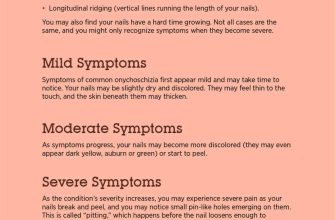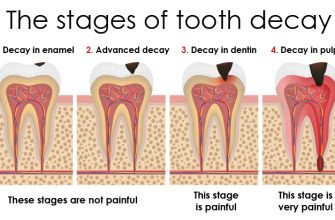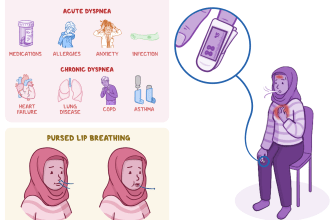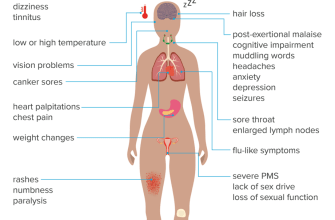Omphalocele is a congenital birth defect that affects the abdominal wall of a newborn baby. It is characterized by the protrusion of the abdominal organs through a hole in the abdominal muscles, resulting in a sac-like structure at the umbilical area. This condition is often confused with umbilical hernia, but they are distinct entities. Omphalocele requires prompt medical attention and specialized treatment to ensure the best possible outcome for the affected child.
Causes of Omphalocele
The exact cause of omphalocele is not fully understood, but it is believed to be a result of abnormal development during fetal development. Some potential causes and risk factors include:
- Genetic abnormalities
- Chromosomal disorders, such as trisomy 13, trisomy 18, and Beckwith-Wiedemann syndrome
- Maternal use of certain medications or exposure to toxins during pregnancy
- Maternal smoking or alcohol consumption during pregnancy
- Maternal age over 35
It is important to note that omphalocele is not caused by anything the mother did or did not do during pregnancy. It is a random occurrence that cannot be prevented.
Treatment Options for Omphalocele
Omphalocele requires immediate medical attention and often requires surgical intervention. The treatment options for omphalocele depend on the size of the defect and the overall health of the baby. The primary goal of treatment is to protect the exposed organs and facilitate their return to the abdominal cavity.
Neonatal Surgery
Neonatal surgery is typically performed to repair the omphalocele. The procedure involves carefully placing the abdominal organs back into the abdominal cavity and closing the hole in the abdominal wall. In some cases, if the defect is too large or the organs cannot be accommodated, a staged repair may be necessary. This involves creating a temporary protective covering for the organs and gradually moving them back into the abdomen over time.
Pediatric Surgery
After the initial repair, follow-up surgeries may be required to address any complications or to further improve the cosmetic appearance of the abdomen. These additional surgeries are typically performed during early childhood or adolescence.
Omphalocele Complications
Omphalocele can be associated with various complications, including:
- Infection: The exposed organs are at risk of infection, which can be life-threatening for the baby.
- Respiratory problems: Omphalocele can put pressure on the lungs, leading to breathing difficulties.
- Intestinal complications: The intestines may become twisted or blocked, requiring additional surgical intervention.
- Developmental delays: Children with omphalocele may experience developmental delays, particularly if there are associated genetic abnormalities.
It is crucial for parents and caregivers to closely monitor the baby’s condition and seek immediate medical attention if any complications arise.
Omphalocele Treatment and Prognosis
The treatment of omphalocele requires a multidisciplinary approach involving neonatologists, pediatric surgeons, and other specialists. The prognosis for babies with omphalocele depends on various factors, including the size of the defect, associated genetic abnormalities, and the presence of other birth defects.
With prompt medical intervention and appropriate surgical repair, the majority of babies with omphalocele can survive and lead healthy lives. However, the long-term outcomes may vary, and some children may experience ongoing medical issues or developmental delays.
Conclusion
Omphalocele is a congenital birth defect that requires specialized medical care and surgical intervention. Prompt diagnosis and treatment are essential for ensuring the best possible outcome for the affected child. While the exact cause of omphalocele is not fully understood, it is important for parents to remember that it is not their fault. By working closely with healthcare professionals and following the recommended treatment plan, parents can provide the best support and care for their child with omphalocele.








